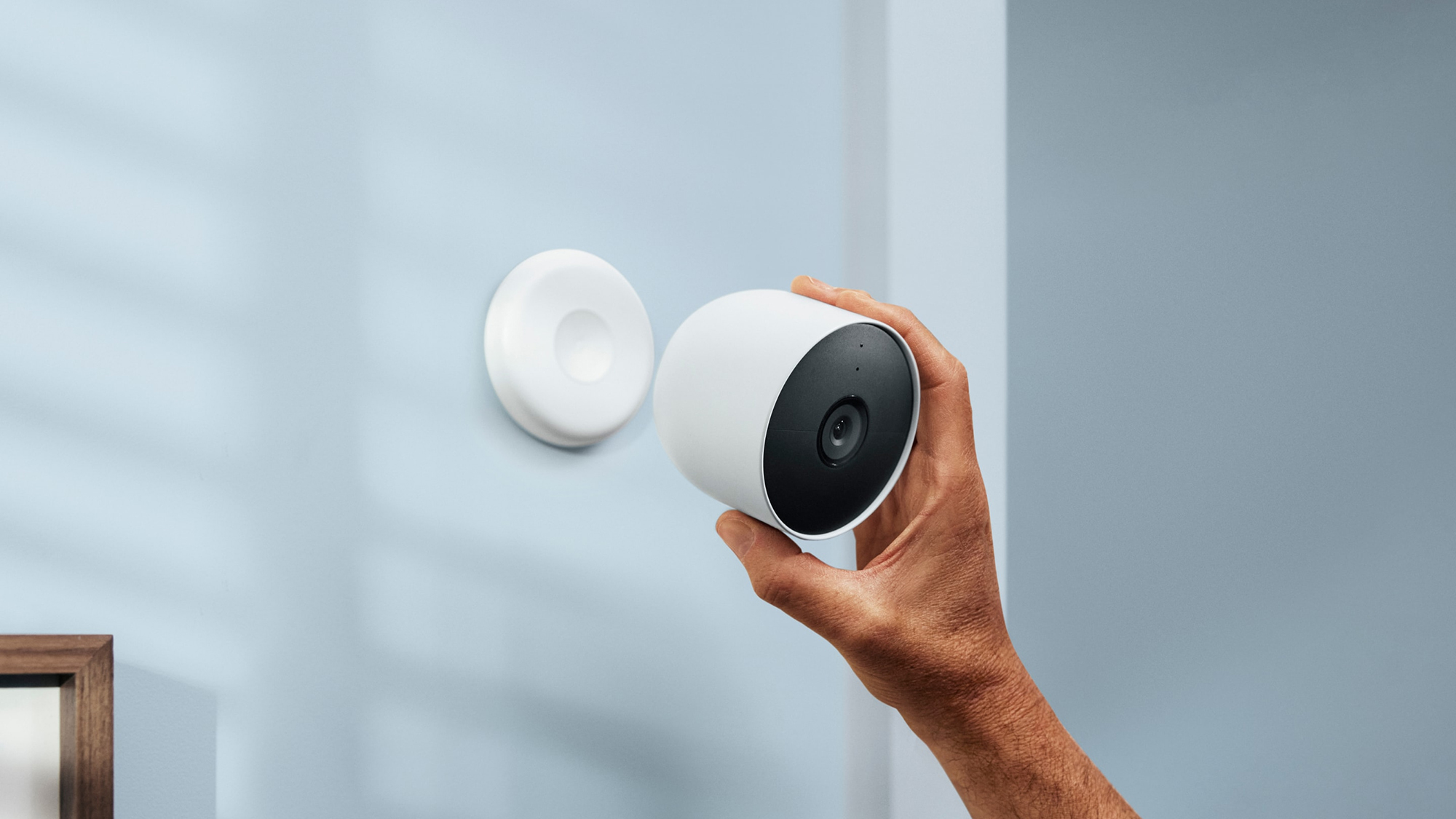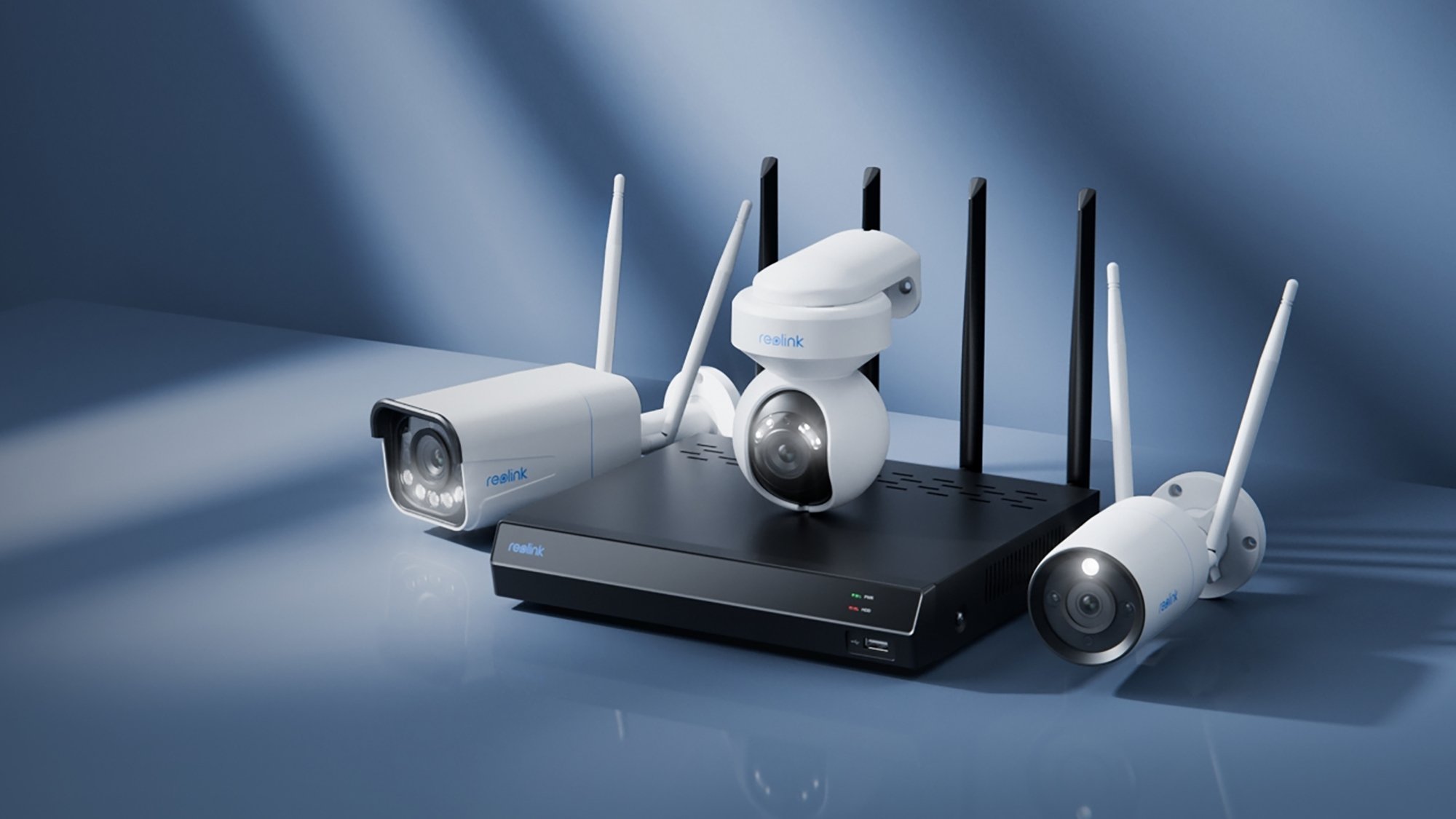There are several advantages to outfit your house with the greatest security cameras available: These gadgets are feature-rich, reasonably priced, and easy to set up and operate. Once installed, you will be able to monitor your property around-the-clock and receive notifications via phone when there is suspicious behavior. We are obviously heading in the right direction because just a few years ago, installing a video system like this would have required professional assistance and cost much more money. These surveillance cameras may, however, be accompanied by strings.
A monthly subscription is necessary for many of the cameras on the market, such as those made by Arlo, Amazon brands Ring and Blink, and Google brand Nest. Your video recordings can typically be stored in the cloud with these services, allowing you to access them days or weeks later.
While having a cloud-based video archive is handy, not everyone wants to subscribe to yet another digital service in order to maintain their security cameras. Furthermore, storing your movies on the cloud exposes you to data breaches and requests from governmental and law enforcement organizations.
Thankfully, there is an alternative: buy your security camera set upfront and save your local copies of the videos.
Subscription options
You may be asking yourself whether it makes sense to purchase cameras from the more well-known brands without committing to a monthly (or annual) membership plan before we discuss cameras that do not offer any subscriptions at all. Although the specifics of these policies differ between businesses and cameras, many of them are fairly similar.
It usually will not cost you extra to be able to view a live feed from your camera and receive motion alerts when something occurs in front of it. Occasionally, additional capabilities like motion zones—which alert users solely to movement in specific areas of the frame—will also be offered without charge. Usually, there is a cost associated with cloud storage and video archiving.

The optimal way to use Nest cameras is to subscribe to Nest Aware.
As an example, consider Google’s Nest Aware subscription, which costs $8 per month or $80 annually. It entails having your videos saved in the cloud for thirty days (as opposed to three hours if you do not pay) and having smart face identification enabled, which enables your cameras to distinguish between a relative and an unknown person. A subscription also enables smart warnings for sounds like smoke alarms and shattering glass.
Check around before you buy; just be careful to account for the cost of each security camera in your house. Other security cameras offer comparable plans. While Google Nest Aware is one of the plans that includes every camera you have installed at home, some firms charge a different monthly cost for each camera.
Choosing a camera
Presently, almost all home security cameras on the market require a subscription plan of some kind, mostly in order to facilitate cloud backups. choosing a camera without a subscription option is not the issue if you do not want cloud storage or monthly payments; rather, what matters is choosing a camera where local storage for your movies is a possibility and where the subscription option is not necessary.
Reolink is among the most well-known brands in this context. It provides a variety of cameras with the option to store video to a network storage hub or a memory card within the camera. The company offers advanced features including motion zones, high-resolution 4K footage, and vehicle and person detection. It also provides guidance on when the authorities may ask to see your recordings.

Local storage hubs and cameras are provided by Reolink.
TP-Link is another manufacturer that merits discussion. Its cameras have the crucial local storage feature, which allows you to save your footage immediately to a memory card by just inserting it into the back of the camera. Similar to Reolink, there is a ton of built-in functionality that does not require a subscription, including support for motion zones, night vision, two-way audio, and the ability to distinguish between people and cars.
It is worthwhile to take Lorex cameras into consideration. The company’s main selling factors are the support for local storage and the lack of a subscription. In addition to providing memory card-slot cameras, Lorex may also provide you with recording boxes that link to your local network, allowing you to store video from several cameras in one location.
Accessing footage
Although cloud video storage has drawbacks, as we have already covered, it also offers benefits. Because you can readily access footage from anywhere in the world, you have a backup in case burglars steal anything from your home, even the memory cards from your security cameras.
Any security camera you purchase that records locally can still be watched live over the internet; but, depending on the brand of camera, accessing the video archive while you are away from home may be more difficult. For this reason, Reolink and Lorex provide network-attached hubs for your recordings, enabling remote access (though router reconfiguration could be necessary).

Another choice is to set up a NAS.
If you are truly committed, you may create your own unique system by gathering camera recordings on a NAS (Network Attached Storage) drive and storing them somewhere you can always locate them—even when you are accessing remotely via the internet. Just double-check in the listings to make sure. This type of recording is supported by some (but not all) Reolink, TP-Link, and Lorex devices.
There are a ton of additional solutions available, however some technical expertise might be necessary: This method of setup works better for some cameras than others. Start by browsing this list of compatible cameras from NAS manufacturer Synology, which allows you to narrow down models according to the characteristics you want.